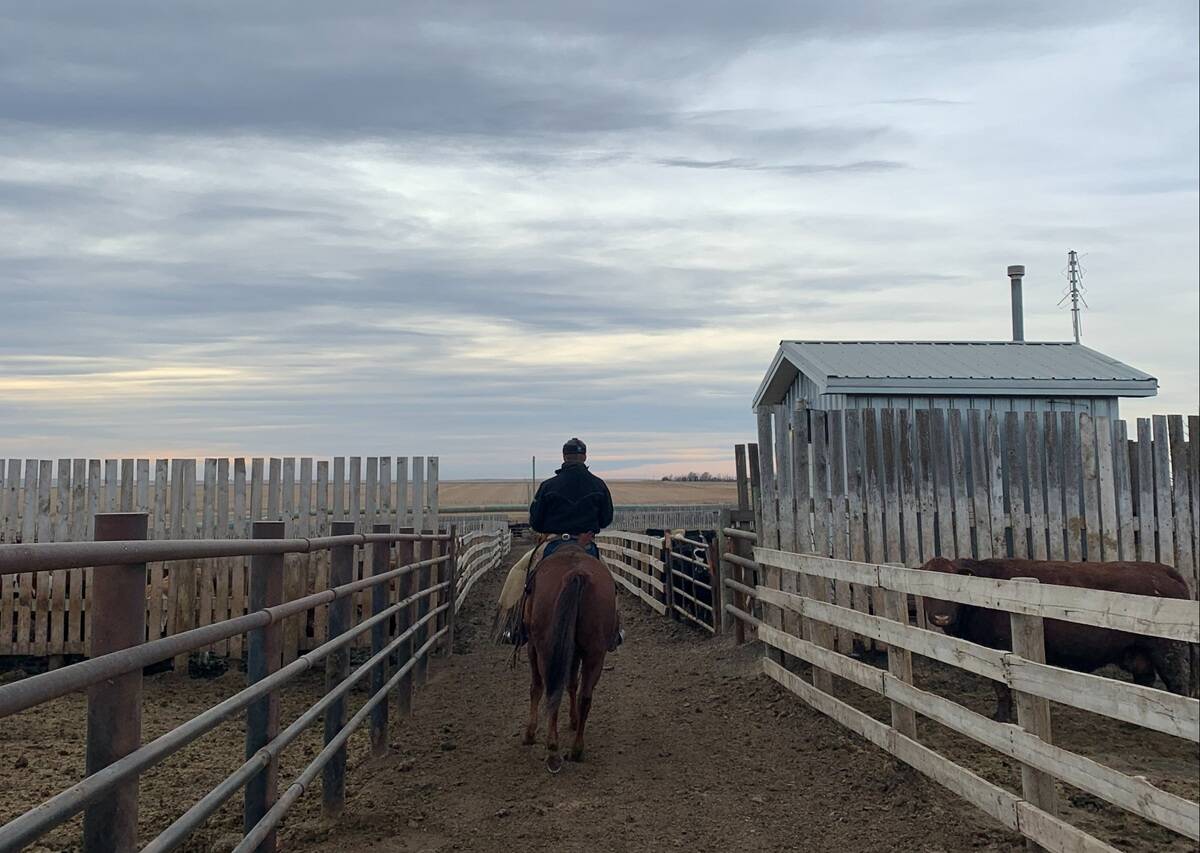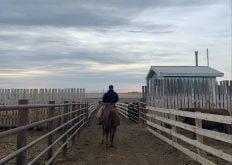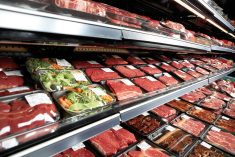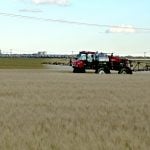Rachel and Tyler Herbert have never seen their ranch-raised beef sell out as quickly as it did this spring.
The Herbert family direct-markets their grass-finished beef, raised on their ranch, Trail’s End Beef, near Nanton, Alta., and they have a loyal customer base buying beef each year. This year, however, concerns about beef shortages as a result of the COVID-19 pandemic have significantly increased demand, and the Herberts sold out in record time.
“We’re used to selling out, but we are not used to being bombarded by people panicking about their beef supply in a matter of weeks,” said Rachel Herbert.
Read Also

Pen riders still better than tech at detecting respiratory disease in feedlot cattle, says researcher
Recent research found that pen riders are better than tech at flagging signs of BRD in feedlot cattle
“We have sold out every year we’ve been in business, from when we had our first four head of finished beef to now,” she continued. “Typically, though, we would sell out towards the middle of the summer, which is our processing season.”
Herbert’s family has long raised cattle in the area, and the couple’s two children are now the fifth generation to ranch here. The idea of grass-finishing beef came about when Herbert’s mother, Linda Loree, took over her part of the original family ranch and after Rachel and Tyler bought their own ranch. By retaining all their calves to finish on grass, this pasture-to-plate business model fits their values as well as their management system and the scale of their ranch.
Working with a small abattoir, they process finished cattle between July and September, and many of their customers pre-order beef well in advance of this. This year, they had sold around 60 per cent of the year’s beef by mid-April. Only a couple weeks later, they were completely sold out, and they currently have a long waiting list.
“We have got such an amazing rotation of dedicated customers who come to the ranch year after year, and I’m really happy that we were able to fill most of those orders,” she said. “But then we just had this huge surge of new customers, and a lot of that was people who were saying they’re buying in bulk for their first time.”
With this influx of new customers came an opportunity for Herbert to connect with people who may not be familiar with beef production.
“They’ve had a lot of questions and were really surprised when I couldn’t offer them a side of beef the next day,” she said.
In many cases, customers weren’t aware of the seasonality in beef production, or how long it takes to finish and process cattle.
“It’s been a really good opportunity to engage with new people and help them understand the beef cycle,” she said, adding that grass-finishing results in a longer time frame to ensure the cattle are ready for slaughter.
This is the first article in a three-part series examining the opportunities and challenges of direct-marketing beef during COVID-19. For more information see “Tips for marketing beef directly to customers” and “More small processors needed to fulfill promise of local food movement.“

















